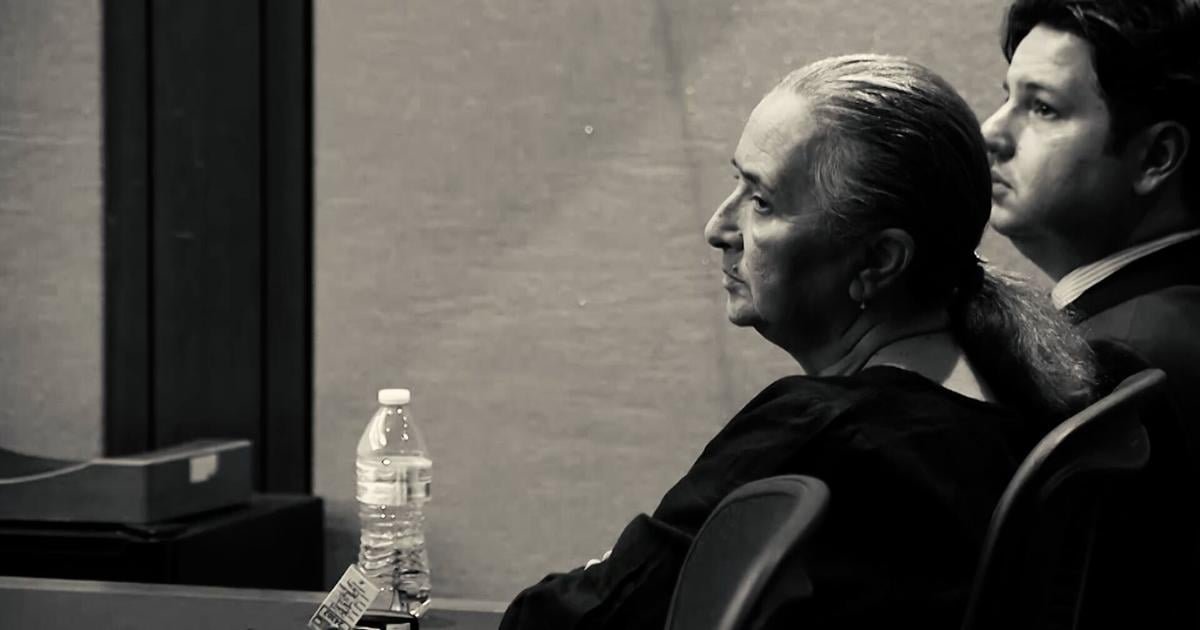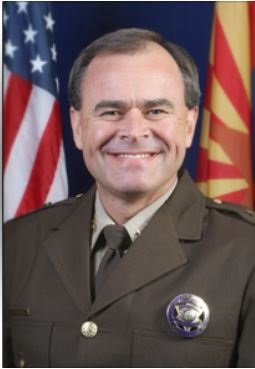Last summer, the California Department of Justice accidentally released the personal information of approximately 192,000 firearm owners on the open internet. Gun owners protested. Athi. General Rob Bonta apologized and launched an investigation.
But perhaps the most surprising aspect of the leak is that the data was there from the beginning.
California has become a center of American gun violence research in large part because it has kept detailed records of gun ownership since 1996. The state maintains an extensive repository of firearms data and, unlike other states, has historically made more data available to scientists studying the root causes of gun deaths.
Lawsuits filed by gun rights activists are threatening a long-standing data infrastructure. And after a 20-year drought, the federal government began funding gun violence research again in 2019, but that funding is under threat from House Republicans who have vowed to end the funding.
Scientists are just beginning to understand what puts Americans at risk for firearm injuries. The double blow of cutting off federal funding and blocking researchers’ access to California data could set the field back for years.
Researchers will have to juggle with grants from private organizations and limited state funding. Galen Wintemute, director of the Center for Gun Violence Research at the University of California, Davis, said academics could shy away from the study. The number of studies on guns will decline. Scientists’ understanding of the violence that kills tens of thousands of Americans each year will stall.
The records, released last June, were collected as part of an effort to quantify and publicize the number of Californians who concealed their guns in public. The state also keeps detailed data on all firearms transactions: every sale, every transfer. California law requires that even personal gun trades go through retail outlets. The state maintains a single file that records all legal handgun transfers since 1996 and all rifle and shotgun transfers since 2014. No other state can match it.
“The ability to use that data to answer questions in California has huge implications for the rest of the country,” said Cassandra Clifasi, a firearms researcher at Johns Hopkins University. “Some works [California researchers are doing]…because of their decision to prioritize this information literally couldn’t be anywhere else. “
A prolific incubator and exporter of out-of-the-box policies and ideas, no state has had more influence on the direction of the United States than California. This sporadic series examines what that means for the state and nation, and how far Washington intends to spread California’s policies at a time when the state’s own struggles threaten its status as a national think tank.
For decades, senior academics outside of California have actively discouraged young researchers from studying gun violence, Kulifasi said. Megan Raney, now dean of the Yale School of Public Health, was told not to study guns early in his career. At the time, she was an emergency doctor, but a series of incidents upset her. Her domestic violence victim was shot dead by her partner. A young man whom Lanny’s team saved from the first gunshot wound, but not from the second. A young man who took his own life with one of his parents’ guns. The case touched Lanny’s mind, but leaders across the country warned her that an investigation into the issue was “too politically fraught.”
Scientists elsewhere envied the Golden State, but lacked the funding to carry out possible research here.
That changed in 2019, when Congress authorized new federal funding for gun violence research for the first time since 1996. New funding of $25 million a year will finally allow scholars around the world to start doing what researchers in California have been doing since the turn of the century.
The field exploded. Seven years ago, nearly all of the scientists working on gun injury prevention—a dozen or so—gathered in the same room, Mr. Lanny told The Times. Last year, gun violence researchers held the first-ever conference devoted exclusively to gun injury prevention and treatment. More than 500 researchers gathered in Washington, DC to discuss research-backed ways to reduce gun violence.
All that new science is now in danger.There is now partisan disagreement in Washington, where Republicans control the House of Representatives. could cause a government shutdown Lawmakers may need to rush to reach a deal, as a deal will be reached at the end of September. President Biden and Senate Democrats may not see the point in sticking to the $25 million line in a $1.7 trillion appropriation bill.
“It’s going to be an uphill battle,” said Mark Rosenberg, a former Centers for Disease Control and Prevention official who oversaw early efforts to research gun violence in the 1990s. He stressed that Rep. Kay Granger (R-Texas), the powerful House Appropriations Committee chairman, “said he wanted to get rid of the little money.”
Granger’s office did not respond to a request for comment. But House Republicans have confirmed their intention to remove gun violence prevention funding from this year’s appropriations bill. Their price hike proposals for next year’s Labor, Health, Welfare, and Education Bills would abolish funding. We call it “controversial”.
In October, California gun rights activists challenged a law requiring the state to share gun trade data with researchers, winning an injunction to stop the state from enforcing the law while the case is unraveled. Since then, gun violence researchers have lost access to the latest information on the California firearms trade.
That’s a big problem, says Wintemute. Scientists routinely use California data to assemble cohorts of gun buyers and track them into the future. At one point, Wintemute’s team tracked down his two groups. One is a Californian who was convicted of a violent misdemeanor before the state banned firearm purchases for that class, and he is a group of those same convicts who tried to buy firearms after the policy change. The researchers found that the second group who weren’t allowed to buy firearms had a 25% lower rate of subsequent arrests.
The findings suggest that California’s decision to stop people convicted of violent misdemeanors from owning guns made them less likely to commit violent crimes in the future. Such findings are rare in a country where the majority of gun control is not supported by evidence.
Those in the gun industry who consistently oppose efforts to provide academics with data on gun violence know their political efforts are stifling potentially useful research. Laws blocking access to data “prevent researchers from conducting accurate studies with firearm numbers and distribution as variables.” Josh Sabani Director of Research and Information, National Rifle Association, I have written In an internal report for 2021.
Only a handful of gun safety policies are backed by strong evidence, said Andrew Morrall, who leads the team tracking the state of gun research at the RAND Corporation. Morrall’s group has identified supporting evidence that, for example, anti-carrying laws reduce violent crime, but there is no conclusive evidence that such laws affect suicide rates. There is moderate evidence to suggest that minimum age requirements prevent suicide, but there is limited evidence to support the notion that banning assault weapons will prevent mass shootings, despite the fact that many mass shootings involve assault weapons and high-capacity magazines.
“The quality of research in this area varies,” says Morrall. “As a result, if you’re really passionate about a particular point of view, you can pick and choose research that supports your point of view.”
The researchers said they hope other states will adopt California’s approach to data access, but noted that the state’s information infrastructure is the result of decades of work. How the data-sharing lawsuits are resolved could dictate the rest of the country, especially other states considering similar policies.
Some jurisdictions have taken small steps to replicate California’s data infrastructure, the researchers noted. Michigan is now expanding access to data for extreme-risk protection orders, said April Zeoli, a gun researcher at the University of Michigan. Cities such as Chicago are working to collect and analyze data on gun violence.
At the national level, however, data are scarce, he stressed. Academics lack data on the secondary effects of bullets fired—the harm done to witnesses as well as family and friends of those affected by gun violence. Much data is lacking on how researchers can best work with law enforcement and how to identify those most at risk. They are still trying to more fully understand how different demographic groups experience gun violence differently.
Zeoli said the state’s data-sharing policy is very different from California’s. “California is very, very unique,” she said. “I don’t know if any state like California is trying or would like to have a firearms data system.”
Even if courts block continued data sharing, California may still help gun violence researchers by funding them when federal funding dries up, or when it does. Wintemute said California’s research push flourished during the 23-year funding freeze because the state tends to take the lead on issues other states can’t.
“Overall, it made it easier to get funding here in California because we didn’t have any other funding,” he said. “While other states’ governors are running for senior office on very conservative platforms, this state will probably say, ‘Not here.’ We are not.”
















